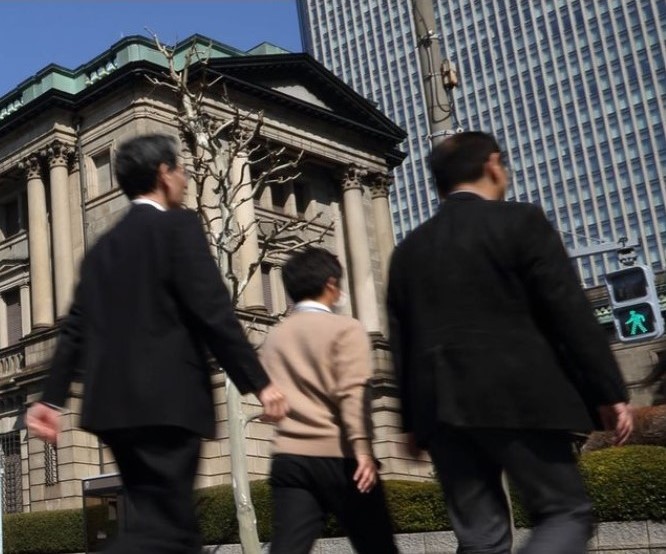Bank of Japan stimulus cost estimates

When the Bank of Japan does finally hit the inflation target and exits stimulus, it is likely to face huge balance sheet losses. While Governor Haruhiko Kuroda has brushed off the need to discuss the details of what happens when his unprecedented asset-purchase program comes to an end, economists are already debating the matter.
The BOJ is already sustaining losses on the value of the assets it holds, with a 200 billion yen hit in the six months through September. This came after exchange-rate movements reduced the value of foreign assets, it wrote down the worth of bond holdings and set aside more money to cover potential future losses on the government debt it’s purchased.
According to new estimates by former central bank official Hiroshi Fujiki, the BOJ may have a paper loss of 9.7 trillion yen ($86 billion) in fiscal 2021 as it starts to exit quantitative easing, and the red ink will continue to run until 2039.
Fujiki, who now teaches at Chuo University, is focused less on the value of assets and more on the BOJ’s annual income and expenses. He’s concerned that the central bank will have to steadily increase the interest it pays commercial lenders on the funds they park at the BOJ, which currently total 328 trillion yen. This implies the central bank would need to fork out more than 3 trillion yen on a sum this size once interest rates reach 1 percent.
Nobel laureate Christopher Sims said in a recent interview that “it’s very hard to devise a scenario in which the capital losses from increases in interest rates actually create a problem so bad that it requires a capital injection.” The BOJ and other central banks around world, which have run up enormous balance sheets since the global financial crisis, hold an ace in their hands: seigniorage. Put simply, they have a monopoly on minting money, and the difference between the value of money and what it costs them to produce it brings an almost certain profit.
Takahide Kiuchi, a BOJ board member who has consistently dissented against Kuroda’s stimulus program, estimated in 2015 that the BOJ could at some point face a 7 trillion yen loss in a single year. Kiuchi calculated about 1 trillion yen in income versus 8 trillion yen in interest that the BOJ would have to pay financial institutions for the assets they park at the central bank.
Keio University’s Mitsuhiro Fukao estimates that if the BOJ was to exit after 2018 and raise rates to 2 percent, it would suffer cumulative losses over decades of 84 trillion yen. Fukao, who is also a former BOJ official, calculates that if the BOJ is able to keep its losses to 30 trillion to 40 trillion yen, and could stop paying any money back to the national treasury, it might be able to repair its balance sheet with seigniorage over several decades.
Unfortunately, seigniorage income relies on an expanding economy to require additional money, so in a major crisis when economies shrink, this seigniorage income can disappear.
Source: www.bloomberg.com